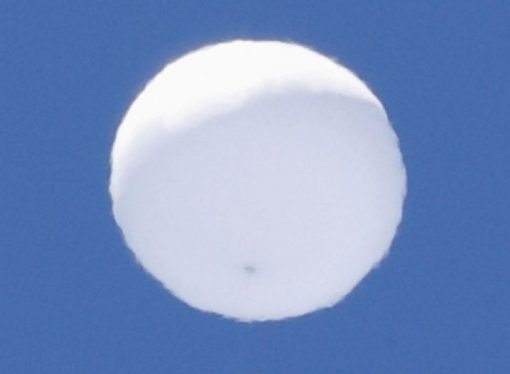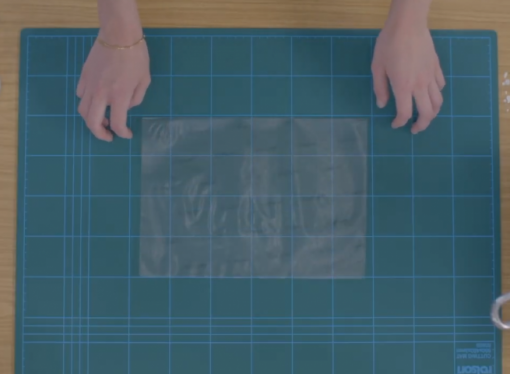Video Archive

- From Around the Web, Science & Technology, Space
- December 3, 2019
An astronaut was able to control a rock-sampling rover, all the way from the International Space Station.
READ MORE
- From Around the Web, UFO News
- June 19, 2020
It’s hardly the stuff of little green men, but a mysterious balloon-like object seen floating across the skies of northern Japan has captured national attention, even prompting questions to the government.
READ MORE

- From Around the Web, Science & Technology
- August 10, 2019
Engineers in Romania have invented a genuine disc-shaped flying machine that can move in any direction.
READ MORE
- From Around the Web, Science & Technology
- November 22, 2018
In ancient-Egyptian mythology, Apep was the serpent god of darkness, destruction, and chaos. In contemporary astronomy, Apep is the nickname for a massive, just-discovered star system surrounded by serpentine dust swirls and officially known as 2XMM J160050.7-514245.
READ MORE

- From Around the Web, Space
- March 23, 2019
Scientists who study the solar system tend to ask big questions: How was our solar system formed? Where did the building blocks of life come from? What hazards from above threaten life on our planet? To find answers, they’re looking more and more at small worlds.
READ MORE
- From Around the Web, Science & Technology
- November 29, 2019
A University of Sussex student created a new material that is strong and flexible and decomposes in less than six weeks.
READ MORE
